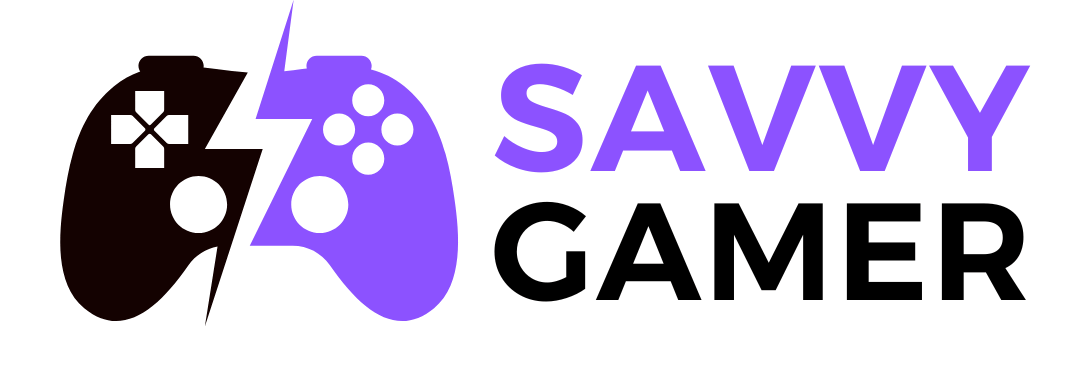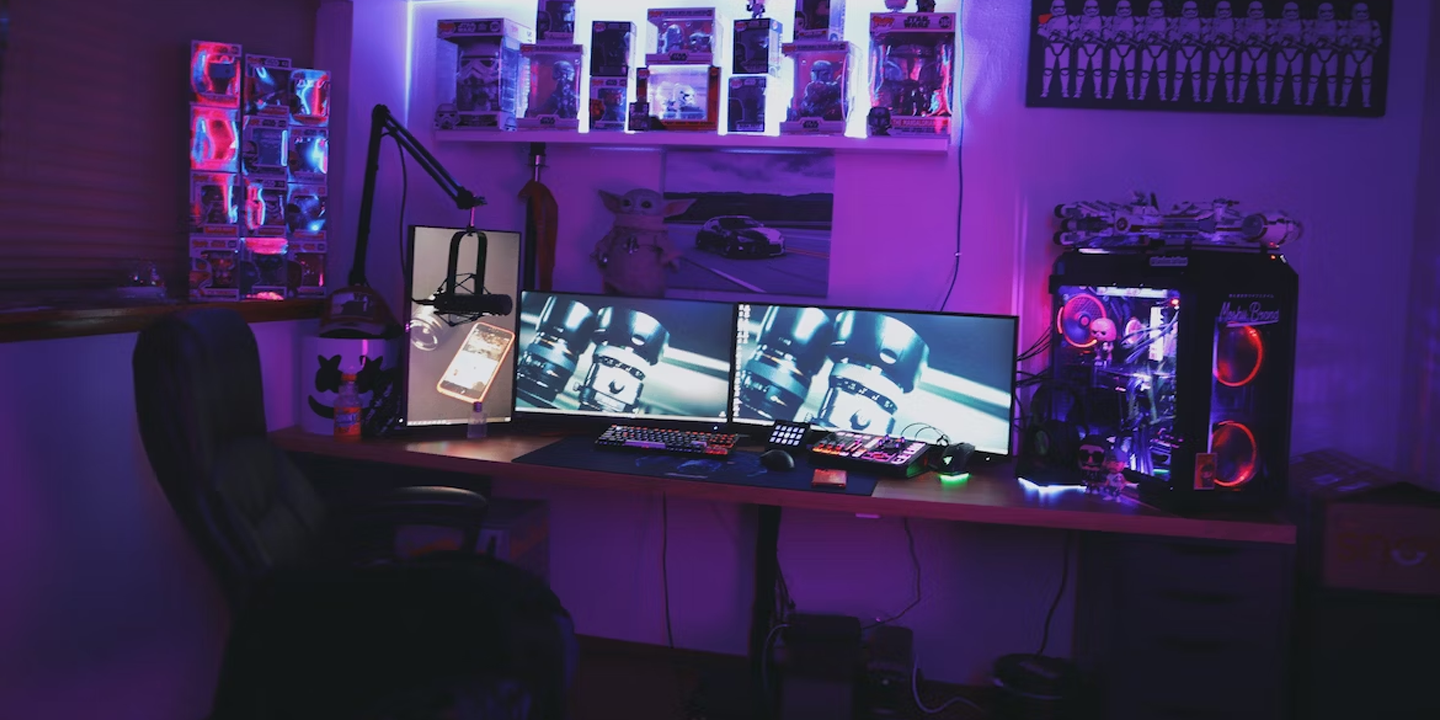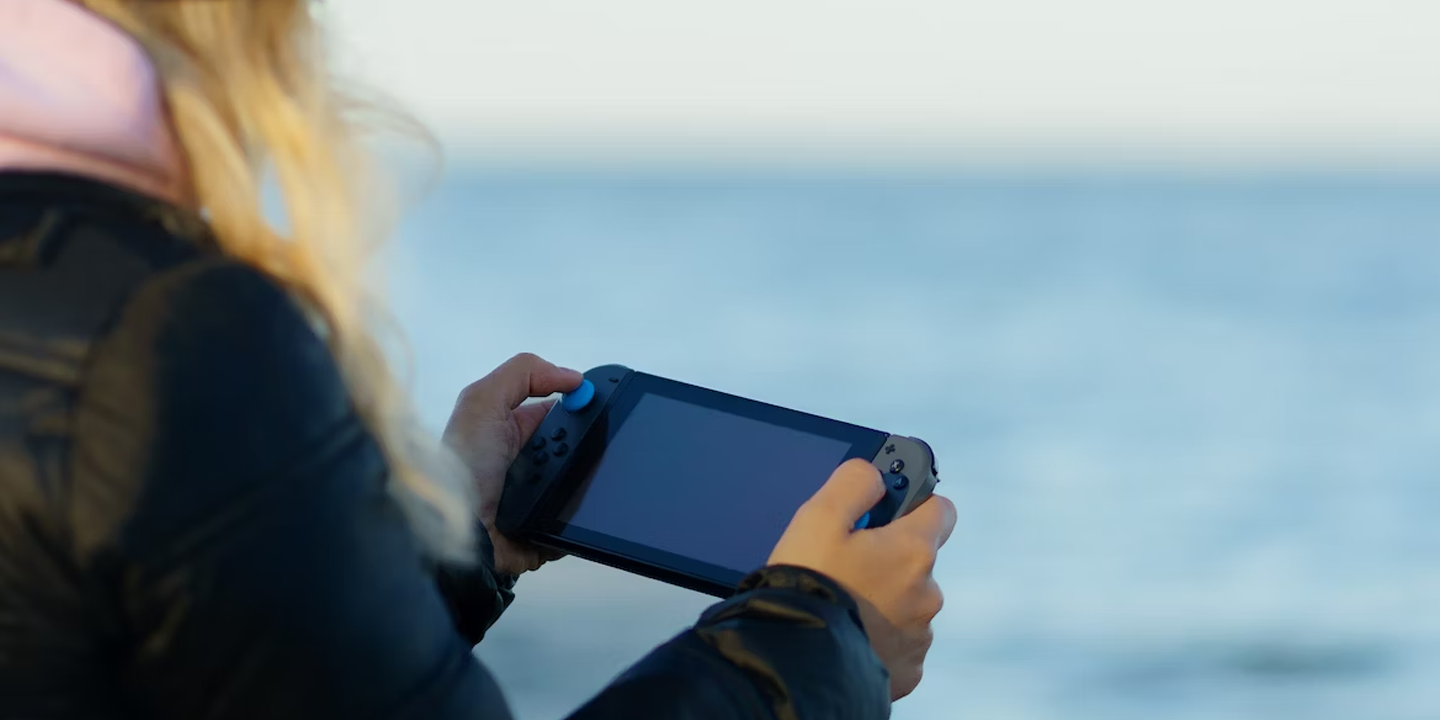Biggest Gaming Powerplays
People argue about the best console, and answers still differ. Every generation brought something big, but a few systems failed when others redefined the entire market. The rivalries didn't just shape devices but also gaming itself. Let's revisit the key moments that changed the whole scene and made it all matter.
1. Sega Challenges Nintendo (1990s)
Few companies ever dared to stare down Nintendo in its prime. Yet, in the early 1990s, Sega did exactly that. "Genesis does what Nintendon't." That slogan wasn't just clever. It was a direct shot at the industry leader. Kids started noticing, and suddenly, Nintendo had a competition it couldn't ignore.
2. Super Nintendo Hits Back (1991)
Nintendo didn't stay quiet for long. The Super Nintendo arrived with a stronger lineup and first-party hits that demanded attention. Titles like Super Mario World and A Link to the Past reminded players why Nintendo still mattered. The balance of power started shifting again.
3. Sega CD Misstep (1992)
Shiny discs and full-motion video promised the future. However, Sega CD tried to deliver it early when the technology wasn't ready, and the library lacked substance. So, instead of innovating, this add-on only confused buyers and stretched Sega's resources too thin.
4. Sony Enters The Ring (1994)
After a failed collaboration with Nintendo, Sony developed its own console. The original PlayStation arrived in 1994 with CD-based gaming and fresh third-party support. With that, a new player (one who wasn't bluffing) joined the fight.
5. Nintendo 64's 3D Leap (1996)
Shifting from 2D to 3D felt like a trip out of this world, but the Nintendo 64 made it real. Super Mario 64 and GoldenEye 007 set new standards for game design. Although cartridges have limited storage, Nintendo proved that innovation could still trump convenience.
6. Dreamcast's Bold Launch (1999)
September 9, 1999. Sega launched Dreamcast with online features and graphics that looked like a generation ahead. It turned heads fast, but competition loomed. Sony's looming PlayStation 2 and Sega's earlier missteps overshadowed what could have been a huge comeback. The system faded, but not without leaving a mark.
7. PlayStation 2 Dominates (2000s)
The PlayStation 2 didn't just outsell its rivals. It crushed them. Offering a DVD player at a time when that mattered, plus a legendary game library, the PS2 became a household staple. It wasn't flashy but it was everywhere, and it gave Sony a staggering lead.
 Deni Williams from São Paulo, Brasil / Brazil on Wikimedia
Deni Williams from São Paulo, Brasil / Brazil on Wikimedia
8. Xbox Joins The Fight (2001)
Microsoft backed the Xbox in 2001. It was bulky, expensive, and meant business. With Halo as its flagship and a hard drive built-in, the Xbox signaled a new kind of gaming experience. Big tech had officially joined the console war.
9. GameCube's Struggle (2001)
GameCube looked different. However, that wasn't always a compliment. Its lunchbox design and tiny discs felt strange compared to competitors. Despite strong first-party titles, the lack of multimedia features and online support held it back. Nintendo fans stayed loyal, but the broader market drifted elsewhere.
10. Xbox Live Revolution (2002)
Online multiplayer gaming wasn't new, but Xbox Live made it shine. Launched in 2002, it created an infrastructure that defined competitive gaming. Voice chat, friend lists, downloadable content—these features became standard. Xbox Live changed Microsoft's position and improved how players connected around the world.
11. Wii's Motion Surprise (2006)
You didn't need complex controls to have fun. The Wii proved it with motion sensors that turned living rooms into mini gyms. With that, Wii Sports became a phenomenon. Seniors played. Parents played. Kids played. Nintendo wasn't chasing specs anymore. It was chasing joy, which worked beautifully.
 Enrique Dans (edans) from Madrid, Spain on Wikimedia
Enrique Dans (edans) from Madrid, Spain on Wikimedia
12. PlayStation 3's Price Fail (2006)
Sony aimed high with the PlayStation 3—too high. At $599, it shocked consumers and gave competitors breathing room. Its complex architecture frustrated developers. Though it later found its footing, the early fumble dented Sony's momentum and reminded everyone that dominance isn't guaranteed.
13. Xbox 360 Red Ring (2005-2007)
Three red lights. One big problem. The Xbox 360 launched strong but suffered massive hardware failures. Millions of units were affected, and Microsoft spent over a billion dollars in repairs. Despite this, the console maintained popularity, but the “Red Ring of Death” remains a cautionary tale.
14. Wii U's Confusion (2012)
Many thought it was just an accessory. The Wii U's messaging was muddled, and its GamePad confused buyers. Lacking third-party support and identity, the console struggled to sell. It wasn't a terrible system, but it failed to capture attention. Nintendo learned, but not before taking a hit.
15. PS4’s Comeback (2013)
After the missteps of the PS3, Sony returned focused and aggressive. The PS4 launched with developer-friendly tools, a strong lineup, and a clear message. It was for gamers. That clarity, combined with Microsoft's fumbles, helped Sony regain the crown and restore player confidence.
16. Xbox One's DRM Backlash (2013)
Xbox One required an internet connection, and there were restrictions on sharing games. Microsoft's DRM plans for the Xbox One sparked immediate backlash. Sony capitalized with a single, devastating video showing how to share PS4 games. Microsoft reversed course, but the damage was already done.
17. Switch's Hybrid Triumph (2017)
Play at home. Take it on the go. The Nintendo Switch made flexibility its biggest feature. Critics doubted it; sales proved them wrong. With a growing library and clever design, the Switch revived Nintendo's fortunes and carved out a unique position in a crowded market.
18. Sony’s PlayStation 5 Shortage (2020–2022)
The hype was through the roof, but getting a PlayStation 5 felt like winning the lottery. Supply chain issues, chip shortages, and scalpers made the console nearly impossible to find for years. Demand stayed sky-high to prove that even in an era of digital gaming, people still craved powerful, dedicated hardware.
19. Steam Deck Enters The Scene (2022)
Valve shook things up with just the Steam Deck, a handheld PC that brought high-performance gaming on the go. Unlike past PC gaming handhelds, it had Valve’s full backing and a massive Steam library. It wasn’t a direct console rival, though, yet it pushed the industry toward more portable, flexible gaming.
20. Game Pass Shakes Industry (2017- Present)
Subscription services weren't new, but Game Pass changed expectations. Microsoft offered a huge library, day-one releases, and cross-platform access for one monthly fee. It shows a shift in how people accessed games. So, even without winning the war, Game Pass changed the rules.
 Xbox (Series X, S, One) How to Buy Xbox Game Pass! by Tech Tips
Xbox (Series X, S, One) How to Buy Xbox Game Pass! by Tech Tips

























